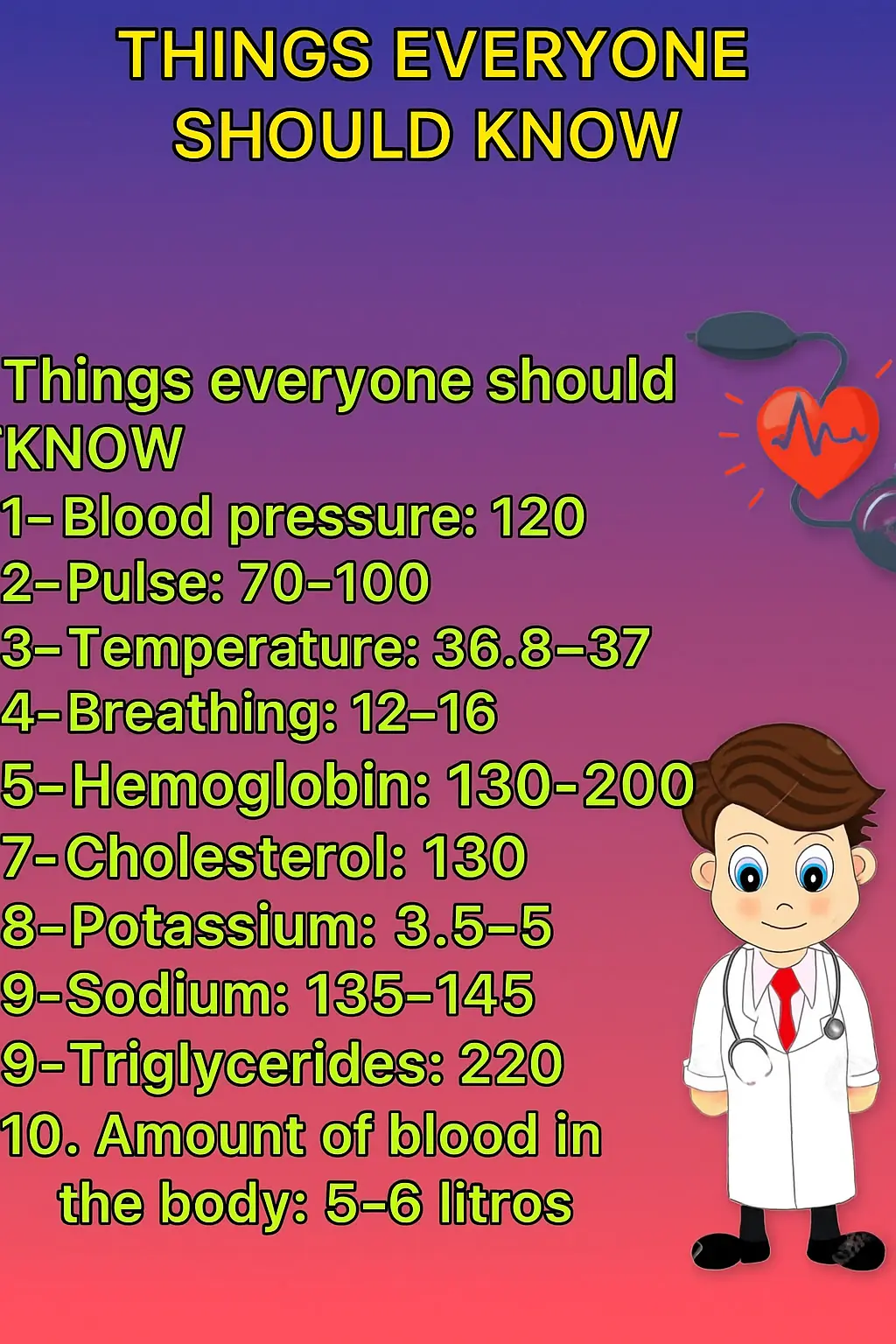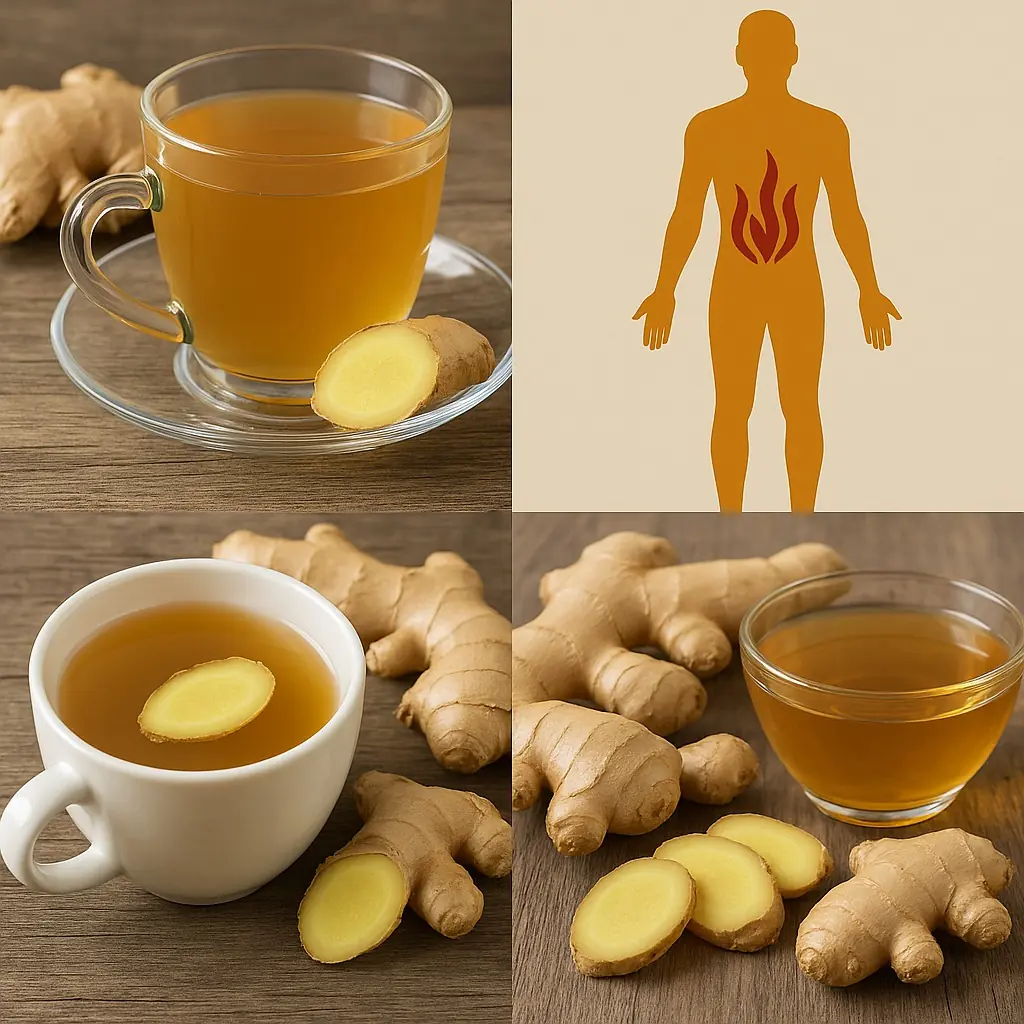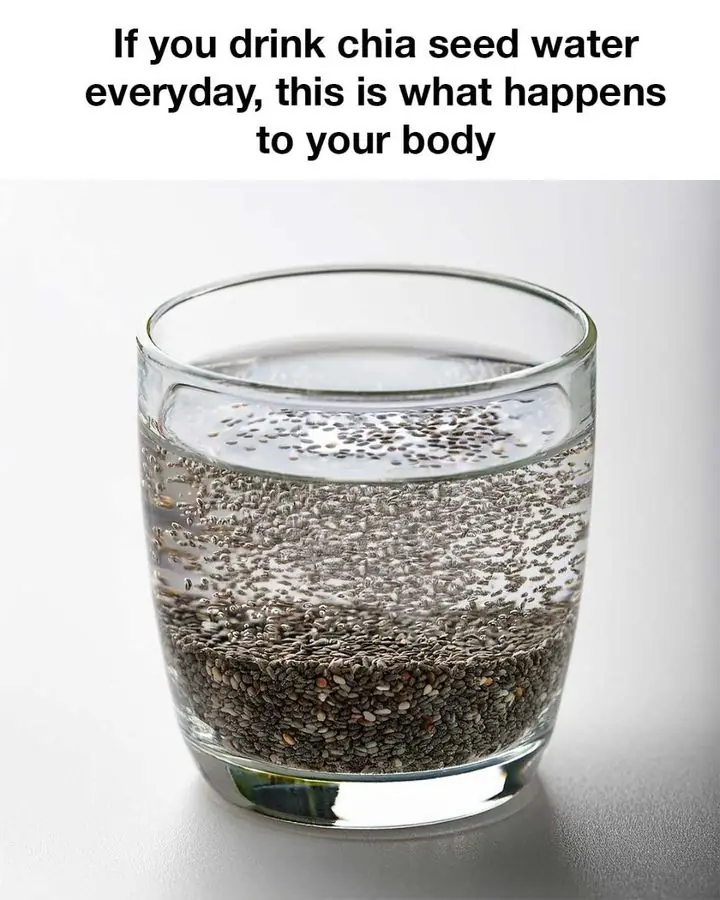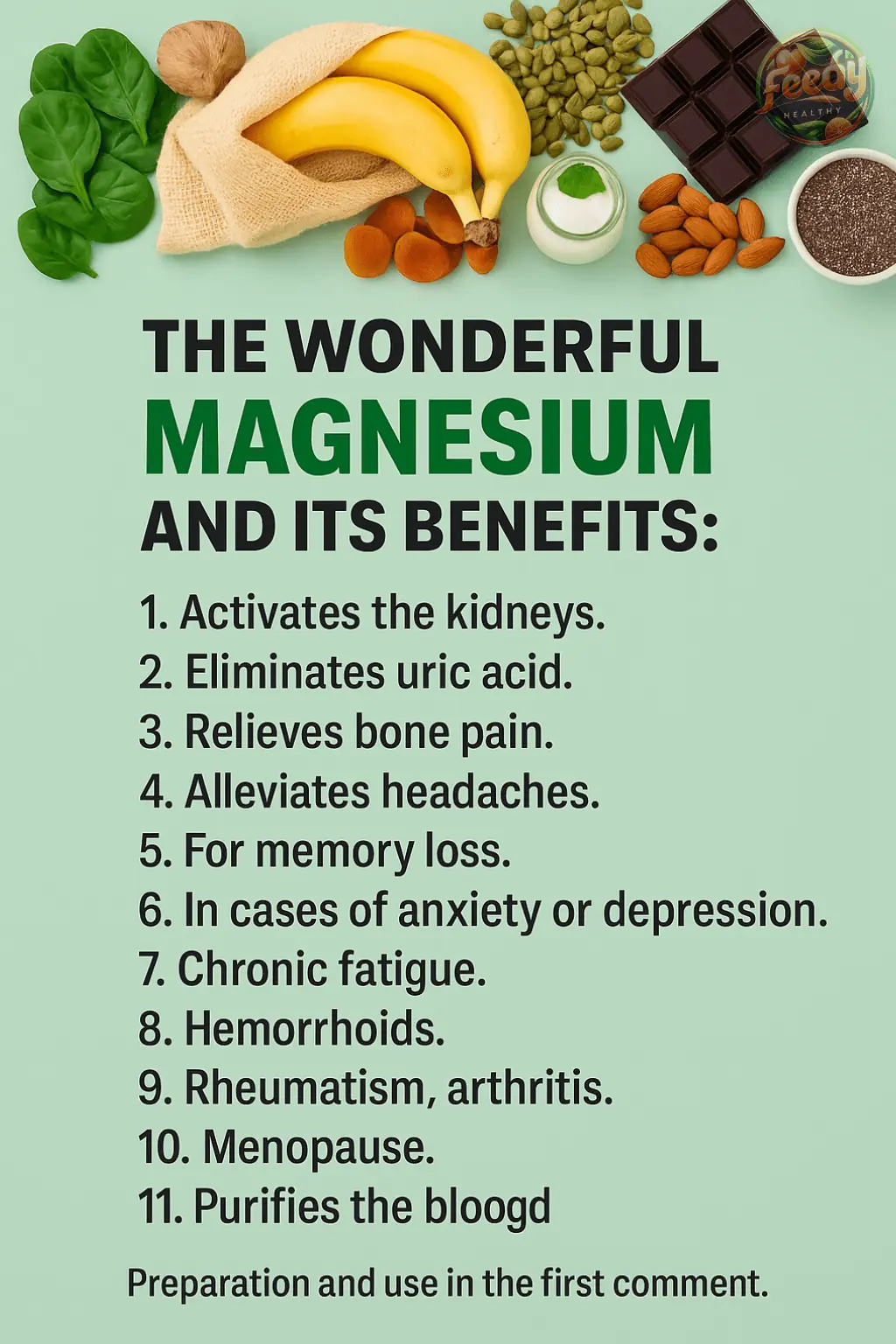
ESSENTIAL HEALTH PARAMETERS – KNOWING THE SYMPTOMS CAN SAVE LIVES

🔹 1. Blood Pressure: 120/80 mmHg
-
Normal Range: 120 systolic (heart beating) / 80 diastolic (heart resting).
-
Why it matters: Keeps your heart and arteries healthy. High or low pressure can increase the risk of heart attack, stroke, or organ damage.
🔹 2. Pulse Rate: 70–100 bpm (beats per minute)
-
Normal Resting Range: 60–100 bpm for adults.
-
Why it matters: Indicates how efficiently your heart is working. A consistently high or low pulse may signal a heart or thyroid problem.
🔹 3. Body Temperature: 36.8–37°C (98.2–98.6°F)
-
Why it matters: Your body’s core temperature should stay stable. A fever may indicate infection, while low temperature can suggest hypothermia or other conditions.
🔹 4. Respiratory Rate: 12–16 breaths/minute
-
Why it matters: Reflects how well your lungs and heart are working. High rates may point to lung or heart problems; low rates can suggest nervous system issues.
🔹 5. Hemoglobin (Hb)
-
Male: 13–18 g/dL
-
Female: 11.5–16 g/dL
-
Why it matters: Hemoglobin carries oxygen in your blood. Low levels indicate anemia; high levels could be due to dehydration or lung disease.
🔹 6. Cholesterol: 130–200 mg/dL
-
Why it matters: Needed for hormone and cell production, but high levels can block arteries and increase heart disease risk.
🔹 7. Potassium: 3.5–5.0 mmol/L
-
Why it matters: Regulates heartbeat, nerve function, and muscle contractions. Too much or too little can cause heart problems or muscle weakness.
🔹 8. Sodium: 135–145 mmol/L
-
Why it matters: Maintains fluid balance, nerve function, and muscle contractions. Imbalance can lead to dehydration, confusion, or seizures.
🔹 9. Triglycerides: ≤220 mg/dL
-
Why it matters: A type of fat in your blood. High levels raise your risk of heart disease and stroke.
🔹 10. Total Blood Volume: 5–6 liters (adult)
-
Why it matters: Your body needs the right volume of blood for oxygen transport and pressure regulation.
🔹 11. Blood Sugar
-
Children: 70–130 mg/dL
-
Adults (fasting): 70–110 mg/dL
-
Why it matters: Regulates energy. Too high = diabetes risk; too low = hypoglycemia symptoms (dizziness, fainting).
🔹 12. Iron: 8–15 mg/day intake
-
Why it matters: Vital for hemoglobin production. Low iron = fatigue and weakness; high iron = risk of organ damage.
🔹 13. White Blood Cells (WBC): 4,000–11,000 /µL
-
Why it matters: Fight infections. High count = possible infection or inflammation; low count = risk of infection or immune deficiency.
🔹 14. Platelets: 150,000–400,000 /µL
-
Why it matters: Help your blood clot. Low count = bleeding risk; high count = clotting problems or inflammation.
🔹 15. Red Blood Cells (RBC): 4.6–6 million /µL
-
Why it matters: Carry oxygen to tissues. Low count = anemia; high count = risk of blood thickening.
🔹 16. Calcium: 8.6–10.3 mg/dL (corrected unit)
-
Why it matters: Essential for bones, muscles, nerves, and heart function. Imbalance may lead to cramps, spasms, or cardiac issues.
🔹 17. Vitamin D3: 20–50 ng/mL
-
Why it matters: Regulates calcium, supports immune and bone health. Deficiency can cause fatigue, bone pain, or depression.
🔹 18. Vitamin B12: 200–900 pg/mL
-
Why it matters: Vital for nerve function and red blood cell production. Deficiency may lead to memory issues, anemia, or numbness.
News in the same category


Bay Leaf, Ginger, and Cinnamon Tea – The Drink That Speeds Up Metabolism and Helps You Lose Weight

THIS IS THE DRINK THAT DOCTORS HIDE BECAUSE IT RELIEVES STRESS, REGULATES SLEEP, IMPROVES ANXIETY, RELAXES MUSCLES, AND REDUCES ABDOMINAL INFLAMMATION — JUST PREPARING THIS DRINK CAN COMPLETELY CHANGE YOUR LIFE.

Embrace Youthful Skin with Aloe Vera and Castor Oil

The Power of Ginger Tea for Your Health

Don’t Throw Away Orange Peels! Combine Them with Ginger for a Powerful, Economical, and Practical Remedy!

If you soak your feet in apple cider vinegar, here's the effect

My nana says this works like a charm

THE DRINK THAT FLUSHES OUT ALL THE WASTE FROM THE COLON, RELIEVES CONSTIPATION, AND FLATTENS THE BELLY NATURALLY.

A natural medicine doctor recommended this drink to my dad, and his life completely changed. Just one glass of this beverage was enough to heal all his illnesses in the blink of an eye.

Mint and Lemon Juice – A Natural Digestive Ally

Don't suffer anymore — eliminate anemia, restore your vision, and cleanse fatty liver

Say Goodbye to Swollen Legs with Parsley Tea! 🍵

Secrets of Li Ching-Yuen: The 256-Year-Old Chinese Herbalist

Darken Gray Hair Naturally with Bay Leaves & Cloves Tonic

Discover the Power of Mango Leaf Tea for Better Health

Reduce Knee & Joint Pain with this Soothing Drink Recipe

Aluminum Foil Foot Wrap: A Surprising Natural Remedy!

What Is Chia Seed Water?
News Post

Powerful Green Remedy for Joint Pain, Swelling, High Cholesterol, and More

Bay Leaf, Ginger, and Cinnamon Tea – The Drink That Speeds Up Metabolism and Helps You Lose Weight

THIS IS THE DRINK THAT DOCTORS HIDE BECAUSE IT RELIEVES STRESS, REGULATES SLEEP, IMPROVES ANXIETY, RELAXES MUSCLES, AND REDUCES ABDOMINAL INFLAMMATION — JUST PREPARING THIS DRINK CAN COMPLETELY CHANGE YOUR LIFE.

Embrace Youthful Skin with Aloe Vera and Castor Oil

The Wonderful Magnesium and Its Health Benefits 👇🏼👇🏼

Discover the Healing Power of Four Medicinal Leaves

Everyone Fears Diabetes, but Diabetes "Fears" These 5 Foods

A 54-Year-Old Woman Discovered Thyroid Cancer from One Easily Overlooked Symptom

The Power of Ginger Tea for Your Health

Don’t Throw Away Orange Peels! Combine Them with Ginger for a Powerful, Economical, and Practical Remedy!

If you soak your feet in apple cider vinegar, here's the effect

My nana says this works like a charm

THE DRINK THAT FLUSHES OUT ALL THE WASTE FROM THE COLON, RELIEVES CONSTIPATION, AND FLATTENS THE BELLY NATURALLY.

A natural medicine doctor recommended this drink to my dad, and his life completely changed. Just one glass of this beverage was enough to heal all his illnesses in the blink of an eye.

Mint and Lemon Juice – A Natural Digestive Ally

Don't suffer anymore — eliminate anemia, restore your vision, and cleanse fatty liver

Say Goodbye to Swollen Legs with Parsley Tea! 🍵

Secrets of Li Ching-Yuen: The 256-Year-Old Chinese Herbalist
